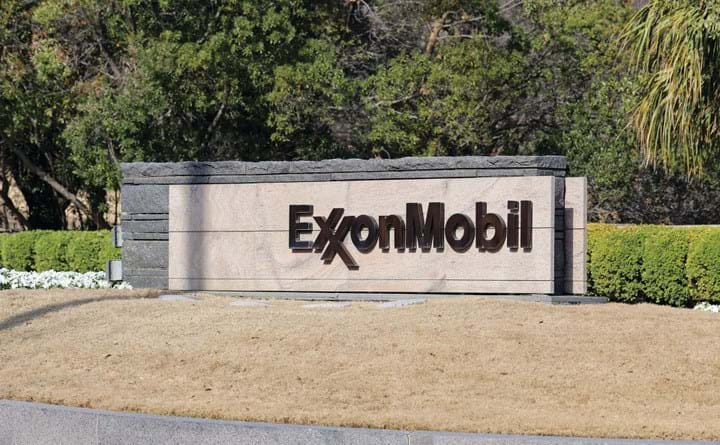ExxonMobil starts drilling at prolific lithium resource site as it targets energy transition leadership

EXXONMOBIL’s plan to become a leading lithium producer moved a step closer with the first phase of production at one of the largest lithium brine resources in North America.
The site in southwest Arkansas, which the oil and gas major purchased earlier this year, is estimated to contain about 4m t of lithium carbonate equivalent, enough to power 50m electric vehicles (EVs).
Essential to the production of lithium-ion batteries, lithium is set to play a key role in the energy transition. The International Energy Agency (IEA) projects that if the world achieves sustainable development, growth in EVs and battery storage will drive a more than 40-fold increase in lithium demand by 2040.
The Wall Street Journal reports that Exxon purchased 120,000 gross acres of the Smackover formation in southwest Arkansas for upwards of US$100m. The company plans to use its expertise in oil and gas to access lithium-containing brines from reservoirs about 10,000 ft (3 km) underground. Exxon says it will then use direct lithium extraction (DLE) technology to separate lithium from the brine, though they did not offer specifics on the technology.
The separated lithium will be converted onsite to make battery-grade material, and the remaining brine will be reinjected into the underground reservoirs. Exxon intends to build a processing facility near the Arkansas city of Magnolia capable of producing 75,000–100,000 t/y of lithium.
The company is targeting first production for 2027. By 2030, it aims to be producing enough lithium to supply manufacture of more than 1m EVs per year. The company is in talks with potential customers, including EV and battery manufacturers, to buy its Mobil Lithium product.
Dan Amman, president of ExxonMobil Low Carbon Solutions, called the project a “win-win-win”. He said: “It’s a perfect example of how ExxonMobil can enhance North American energy security, expand supplies of a critical industrial material, and enable the continued reduction of emissions associated with transportation, which is essential to meeting society’s net zero goals.”
ExxonMobil is also working with local and state officials in Arkansas to achieve successful scaleup of the state’s emerging lithium industry.
Sarah Huckabee Sanders, governor of Arkansas, said: “South Arkansas is our state’s all-around energy capital, producing oil, natural gas, and now thanks to investments like ExxonMobil’s and their combination of skills and scale, lithium.”
Despite this bolstering move from ExxonMobil for an energy transition, it pales in comparison to the US$60bn they gambled on ongoing oil and gas demand with the purchase of Pioneer Natural Resources in October.
Exploring direct lithium extraction
DLE is considered a more environmentally friendly alternative to the prevailing methods of production currently used to produce lithium, requiring less energy, space, and water. Major producer Australia recovers lithium from mined rock, relying on energy-intensive extraction. Meanwhile, in Chile, lithium is extracted using an evaporative pond process which is slow and water intensive.
Months ago, engineers piloted a process for producing battery-grade lithium carbonate from UK brines, relying on DLE. This was after Weardale Lithium became the first company to extract lithium from brines in northeast England, which it did using a direct lithium extraction and crystallisation process at laboratory scale. Last year, Cornish Lithium commissioned a UK-first pilot to directly extract lithium brines.
Recent Editions
Catch up on the latest news, views and jobs from The Chemical Engineer. Below are the four latest issues. View a wider selection of the archive from within the Magazine section of this site.




